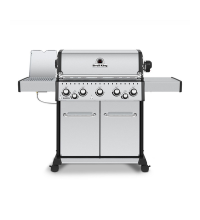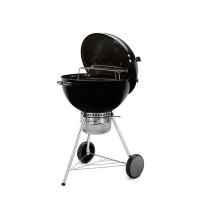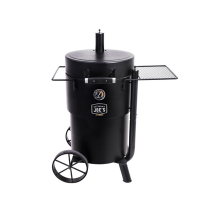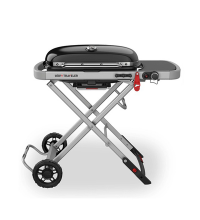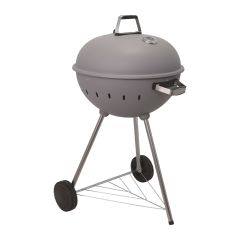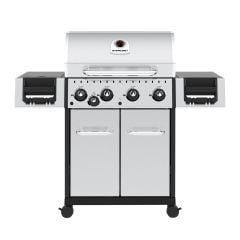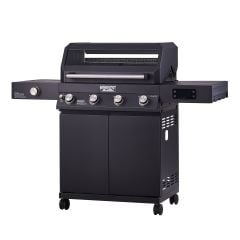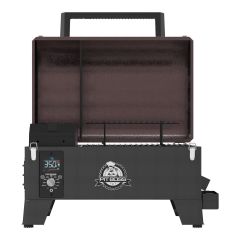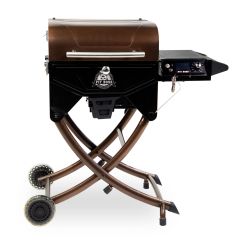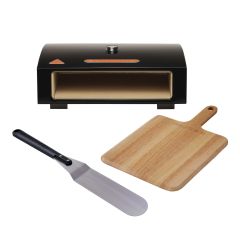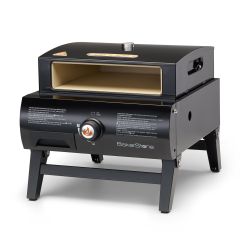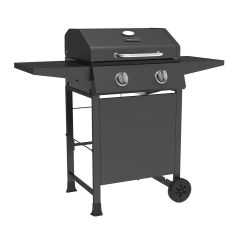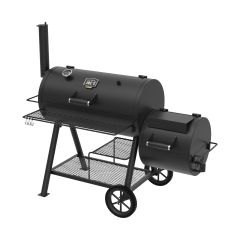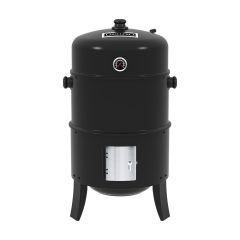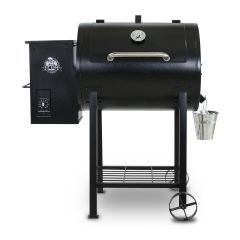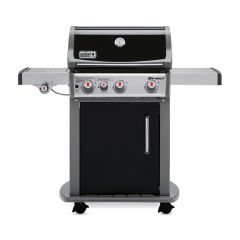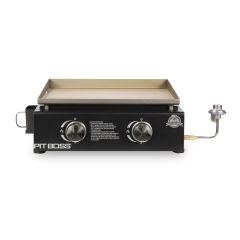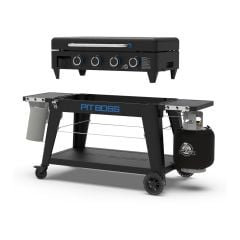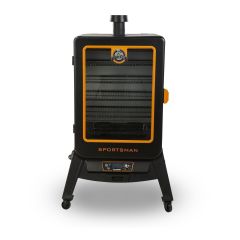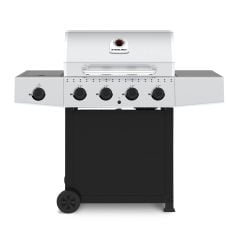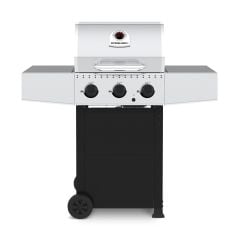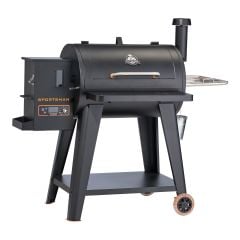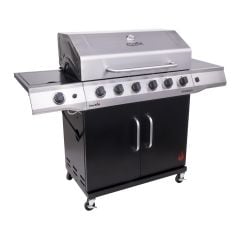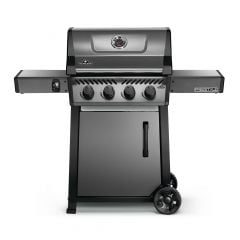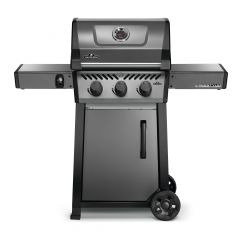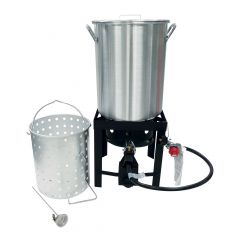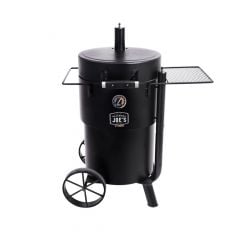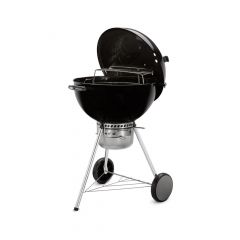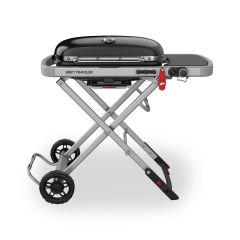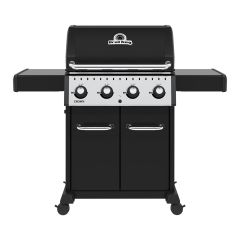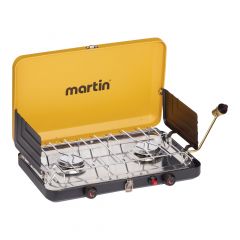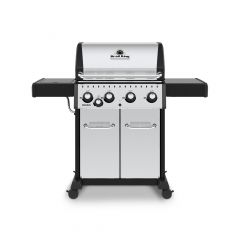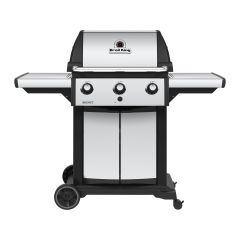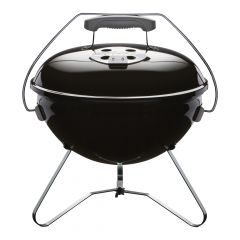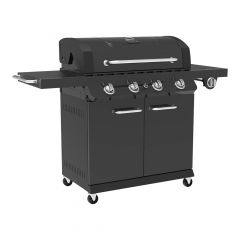Nothing says “summer” like grilling on the barbecue. Although gas models are more popular for their practicality, some people swear by charcoal as it guarantees incomparably flavoured results. Here are a few things to consider when shopping for a BBQ.
Gas or charcoal?
Gas barbecues are the most popular for their ease of ignition and versatility. There are two types of gas grills: propane and natural gas. The former uses a tank connected to your grill while the latter connects to the home’s gas supply.
Charcoal barbecues are a must for those who want to give their food that typical flavour. They require more time and dexterity to light and reach the desired temperature. It can take up to an hour for the briquettes to reach the desired heat and turn into burning embers. Firing on such a model therefore requires planning.
Smokers are ideal for smoking meat and fish. There are electric, propane, charcoal and pellet models.
Pellet barbecues have been gaining in popularity in recent years. They are generally more expensive to purchase. The fuel used - wood pellets being a renewable energy source - makes them a slightly greener choice. The taste of the food will vary according to the type of wood chosen. Lighting it is quite simple: fill the barbecue with pellets, light it and cook your food on the grill.
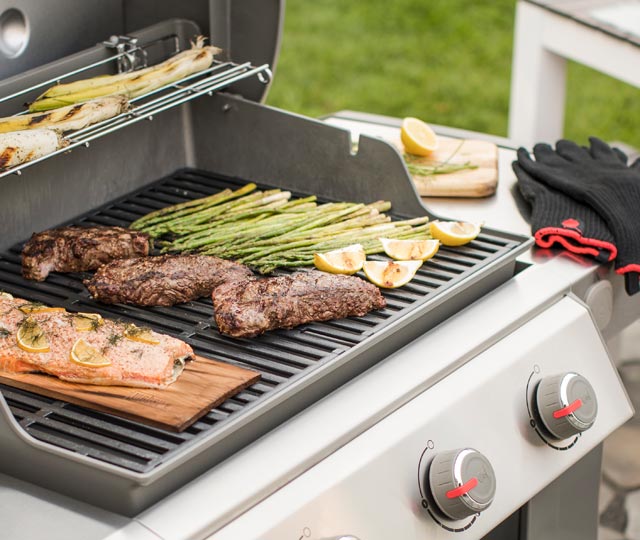

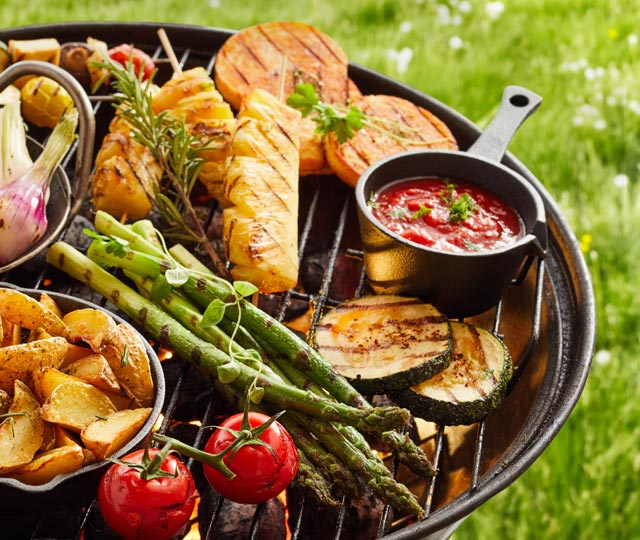

What to look for before you buy
The pit is one of the most important parts of the grill because it retains the heat and helps the internal temperature rise faster. They are made of stainless steel, enamelled cast iron, or steel. Regardless of the material, make sure the pit is at least 4 mm thick to prevent warping from the heat.
As for the lid, prioritize stainless steel and ensure it closes properly.
A thermometer integrated into the lid is also very handy. Nonetheless, when cooking meat, it is best to use a cooking thermometer.
Ignition systems can be push-button (produce a single spark each time the button is pressed), rotary, or electronic (produce multiple sparks). Regardless of its type, however, the ignition system must be maintained regularly to keep it in working order. It must be free of greasy residue and protected from rain to prevent rust, as both can impact its operation.
Grate types
Barbecues come with grates made of metal (porcelain-enamelled or not), cast iron (enamelled or not), or stainless steel with large, closely spaced bars to help retain food. Porcelain-enamelled cast iron and stainless steel grates are recommended since they don’t rust (they may, however, turn brown).
If your barbecue’s grates are made of non-enamelled cast iron, oil them regularly to prevent drying and rusting. Moreover, unlike stainless steel, they must be cleaned when they’re cool, not hot.
Grates have a wide variety of surface areas, ranging from 273–1,000 sq. in. To determine which surface size you need, multiply the number of people in your family by 60 sq. in. (i.e. the surface area required for one portion).
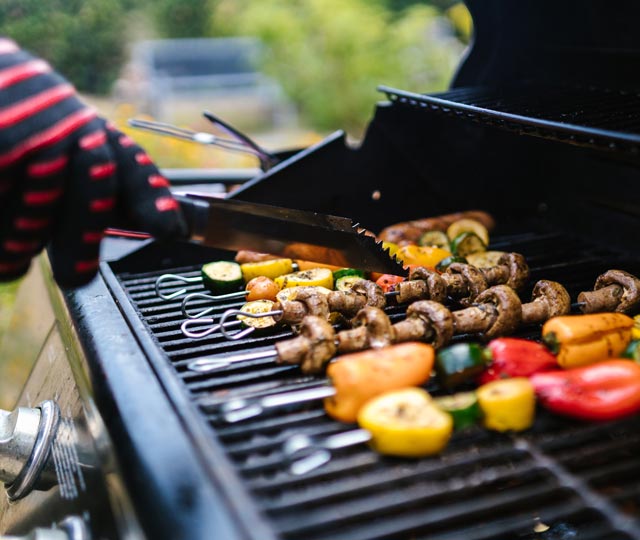

Burners
To generate uniform heat, the burners should cover as much of the pit as possible. Some barbecues are also equipped with a sear burner that quickly reaches high temperatures for cooking a perfect blue steak.
Nowadays, most grills have a diffuser that distributes heat and reduces the need for cleaning.
Some grills have steel bars that lead cooking grease and juice away from the heat so as to prevent large flames, an important feature if the grill is close to a building.
In addition, choose a barbecue that comes with at least two burner controls so you can adjust the different cooking temperatures of your food more precisely.
A side burner might also be a good option as you can use it to cook food in a pot or pan. However, since this type of burner is not very powerful, it takes several minutes to bring water to a boil.
Lastly, some barbecues come with a rotisserie system for spit-roasting chicken.
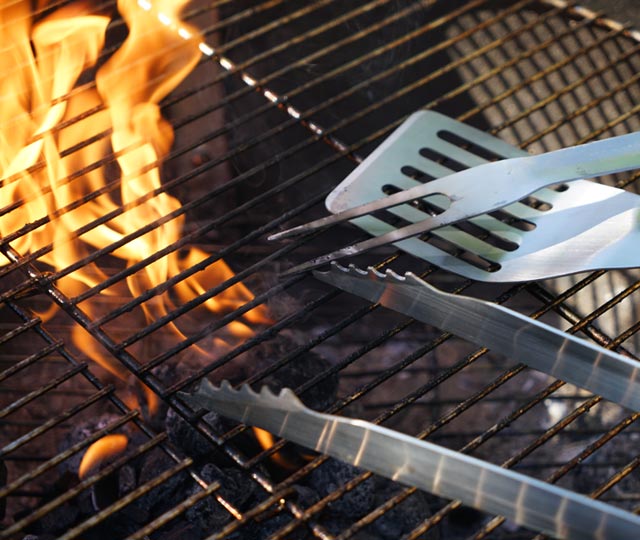

BTUs
Although burner power is expressed in BTUs (British thermal units), this measurement does not represent the barbecue’s performance. In reality, the total BTUs is related to the number of burners; in other words, more burners mean more BTUs. This means that if the BTUs are too high in relation to the barbecue’s surface area, cooking over low heat will be practically impossible. Conversely, too few BTUs translates into slower cooking.
Gas-powered grills generate between 24,000 and 60,000 BTUs of power.
To determine your ideal barbecue power before making a purchase, divide the BTUs by the total cooking surface in square inches. The best-performing barbecues generate around 110 BTU/sq. in. per person.
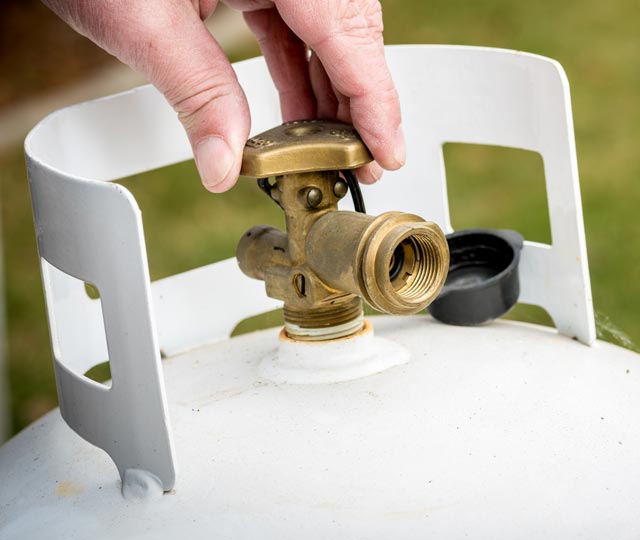

Maintenance Tips
To prevent your barbecue from rusting beyond repair after three short years of service, follow these tips:
- After each use, clean the grates with a brush, not a scraper; this will preserve the protective finish.
- Oil cast-iron grates often to prevent them from oxidizing.
- To remove rust from the grates, scrub them with flaxseed oil, then wipe them off with a dry cloth. You can also use black soap.
- Remove deposits from the pit and heat plate several times over the summer, as built-up cooking residue can ignite quickly and significantly increase internal temperatures, causing the grate and burners to degrade more quickly.
- If your barbecue has lava rocks, it is important to replace them every year.
Since moisture accelerates corrosion, it is important to cover your grill in the fall and, if possible, store it in a dry area. If you do not have such a space, disassemble the burners and remove the grates. Clean them thoroughly and, once dry, store them in a paper bag inside the house.
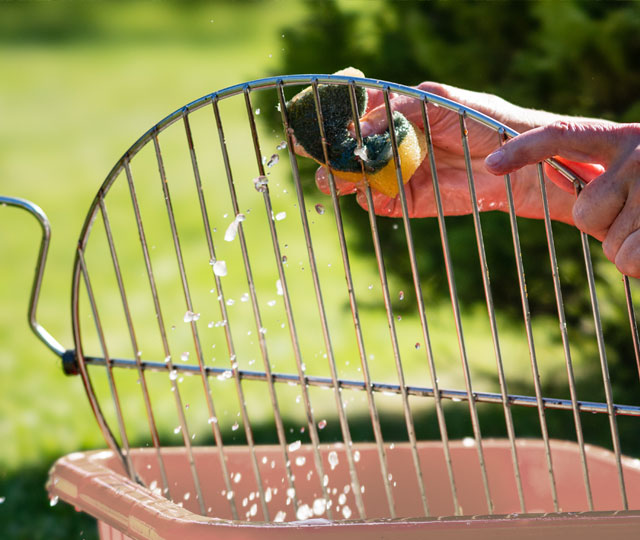

So, ready to buy your BBQ?
Check out our product selection on bmr.ca or visit your BMR dealer to pick up your new barbecue and get this summer started on the right foot!
